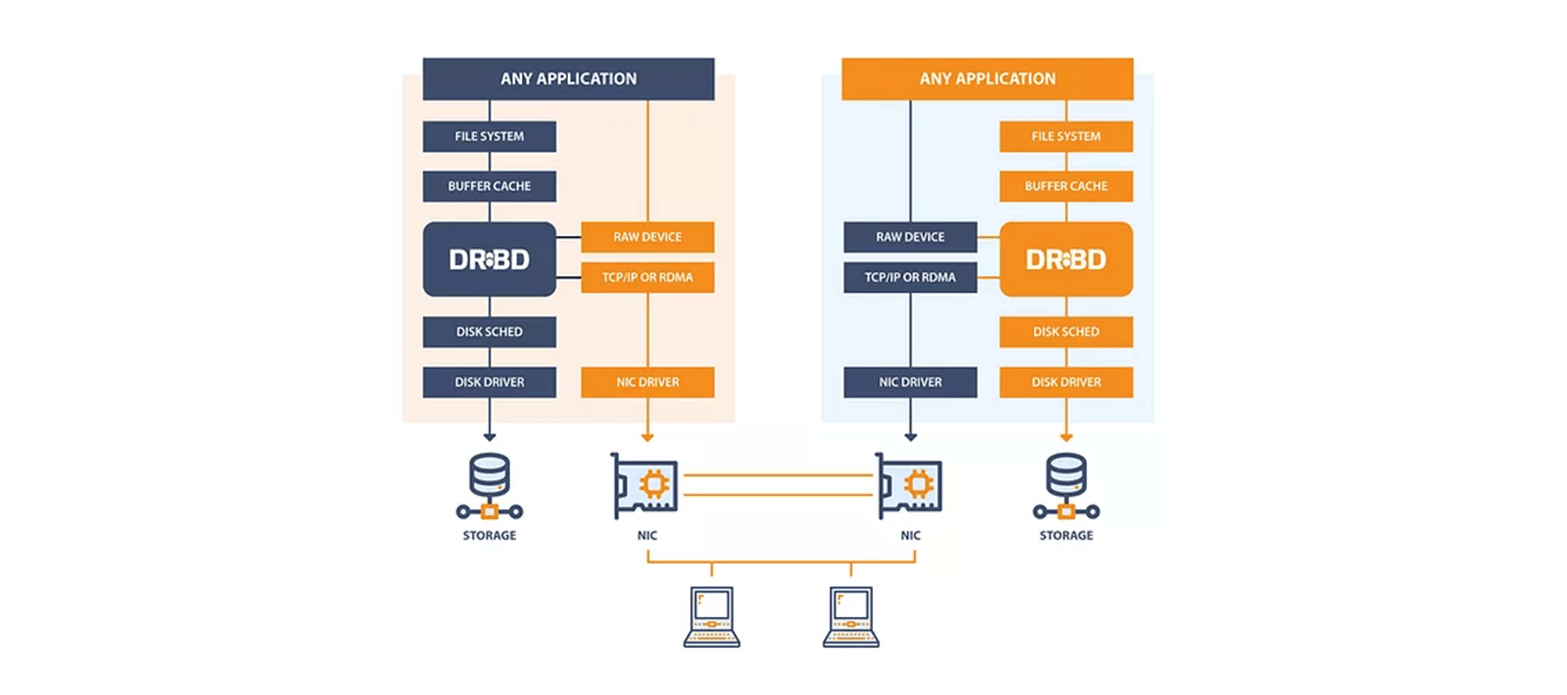Databases & Data Storage
Fast, Reliable, Full-Featured Database and
Data Storage Solutions
Database Solutions
We help businesses to achieve the full benefits of industry leading open source and proprietary database systems.
Our database solutions include:

Setup, Manage, Optimize and Fine-Tune Databases

High- Availability for Databases

Horizontal Scaling with Sharding

Database Replication

Database Clustering

Data Migration
Monitoring & Performance Optimization

Backup and Disaster Recovery
We provide support for SQL and NoSQL databases:
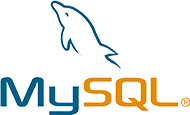

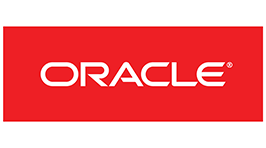
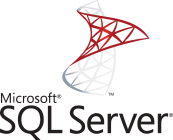







Data Storage Solutions
We offer reliable and fast data storage solutions for businesses and data-centers, utilizing both open source and proprietary products.
Network Attached Storage (NAS)
Use our Network Attached Storage (NAS) solution to share data over a network, the simplest way to create a centralized and easily accessible place for your data.
Protect, store, share, and back up all of your data!
Features:

File Sharing
Every major operating system is supported with SMB/CIFS (Windows file shares), NFS (Unix file shares) and AFP (Apple File Shares) as well as FTP, iSCSI (block sharing), WebDAV and other methods of sharing data over the network are available. iSCSI also supports VMware VAAI, Microsoft ODX and Microsoft Windows Server 2008 and 2012 R2 Clustering.

Web Interface
Every aspect of the NAS system can be managed from a Web User Interface. Volume creation, or the setting of permissions on individual shares or performing software updates, can be done without missing a critical step or encountering a silent failure. Many services have advanced configuration options available from the Web User Interface that is available in advanced menus.
Data Protection
ZFS is designed for data integrity from top to bottom. RAID-Z, the software RAID that is part of ZFS, offers single parity protection like RAID 5, but without the “write hole” vulnerability thanks to the copy-on-write architecture of ZFS. The additional levels RAID-Z2 and RAID-Z3 offer double and triple parity protection, respectively. A software mirror option is also available. The NAS Volumes screen lists each possible parity arrangement based on the number of disks you select when creating a new volume. Every ZFS file system is also verified with checksums from top to bottom to ensure data integrity.

Snapshots
Thanks to ZFS, snapshots of the entire file system can be made and saved at any time. As long as a snapshot exists, administrators can access files as they were when the snapshot was made. Snapshots can be made on a one-off basis or scheduled as a cron job from the web interface. At any time, the entire file system can be rolled back to the most recent snapshot. Older snapshots can be cloned and accessed to recover data from that version of the file system.

Replication
ZFS Snapshots are more than just local backups – they can be used to create remote backups as well. Replicating snapshots of the file system to a remote ZFS file system creates a complete duplicate there. Furthermore, additional snapshots of the same file system can be sent incrementally, reducing the size of each backup to the changes that were made between snapshots. In case of catastrophic damage to a local ZFS file system (such as disk failure in excess of parity protection or irrecoverable log device failure), any backed-up snapshot can be sent to a new ZFS file system, recovering all data up to that backup.

Encryption
Our NAS offer encryption on ZFS volumes! A full-volume encryption option is available during volume creation, providing industry standard AES-XTS encryption which can be hardware-accelerated. Encrypted volumes can only be read by NAS systems in possession of the master key for that volume. The user can optionally create a passphrase to add extra protection for their system against loss or theft.
Encryption allows for confidence when retiring and recycling hard drives because the drives no longer need to be wiped provided the master keys are obliterated.
All Flash Arrays
FlashArray is the first all-flash, high-performance, 100% NVMe shared accelerated storage designed for mainstream enterprise deployments.
Take an application to 100% NVMe all-flash speed. With consistent sub-1ms latency and proven 99.9999% availability, FlashArray can power your critical workloads, including remote or branch office application workloads with ease. Meanwhile, enjoy data reduction that’s typically 2x better than the competition – and data protection that includes end-to-end encryption, snapshots, replication, and more.

100% NVMe, 100%
Software-Driven Flash
Storage that leverages NVMe and flash enables unprecedented performance and capacity density in an all-flash array for entry level to mainstream enterprise environments and next-gen cloud-native applications.
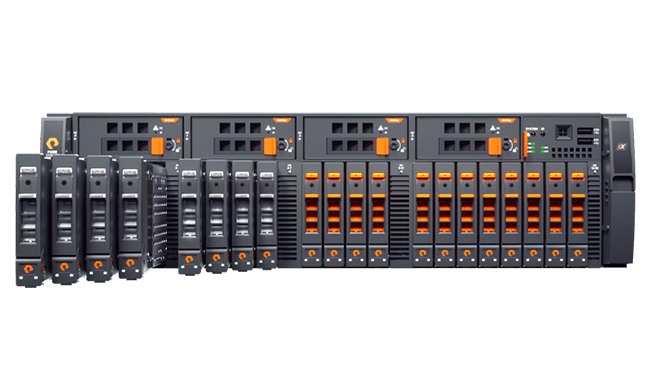
Accelerate Critical Applications
Accelerate business results with your most critical applications – SAP Hana, Oracle, SQL Server, Virtual Machines and more.
Ceph
Ceph is an open-source software storage platform, implements object storage on a single distributed computer cluster. Ceph aims primarily for completely distributed operation without a single point of failure, scalable to the exabyte level.
Ceph replicates data and makes it fault-tolerant, using commodity hardware and requiring no specific hardware support. As a result of its design, the system is both self-healing and self-managing, aiming to minimize administration time and other costs.
The power of Ceph can transform your organization’s IT infrastructure and your ability to manage vast amounts of data. If your organization runs applications with different storage interface needs, Ceph is for you! Ceph provides your applications with object, block, and file system storage in a single unified storage cluster—making Ceph flexible, highly reliable and easy for you to manage.
Ceph provides you with extraordinary data storage scalability—thousands of client hosts or KVMs accessing petabytes to exabytes of data. Each one of your applications can use the object, block or file system interfaces to the same Ceph cluster simultaneously, which means your Ceph storage system serves as a flexible foundation for all of your data storage needs. You can use Ceph for free, and deploy it on economical commodity hardware. Ceph is a better way to store data.
GlusterFS
Gluster is a free and open source scalable network filesystem
Gluster is a scalable network filesystem. Using common off-the-shelf hardware, you can create large, distributed storage solutions for media streaming, data analysis, and other data- and bandwidth-intensive tasks. It incorporates automatic failover as a primary feature.
Advantages:
- Scales to several petabytes
- Handles thousands of clients
- POSIX compatible
- Uses commodity hardware
- Can use any ondisk filesystem that supports extended attributes
- Accessible using industry standard protocols like NFS and SMB
- Provides replication, quotas, geo-replication, snapshots and bitrot detection
- Allows optimization for different workloads
- Store large-scale media
DRBD
Distributed Replicated Storage System
DRBD is a distributed replicated storage system for the Linux platform. It is implemented as a kernel driver, several userspace management applications, and some shell scripts.
DRBD is traditionally used in high availability (HA) computer clusters, but beginning with DRBD version 9, it can also be used to create larger software defined storage pools with a focus on cloud integration.
